Low-Voltage Cables (LV) are PVC or XLPE-insulated copper cables manufactured with a rated operating voltage range starting from 0.6/1(1.2) up to 1.8/3(3.6) kV, complying with the standards of IEC 60502-1 from the International Electrotechnical Commission (IEC) and the national equivalent, ISIRI 3569-1 from the Institute of Standards and Industrial Research of Iran (ISIRI).
The general usage of these cables is in electricity distribution networks as well as commercial and industrial facilities, power plants, etc.
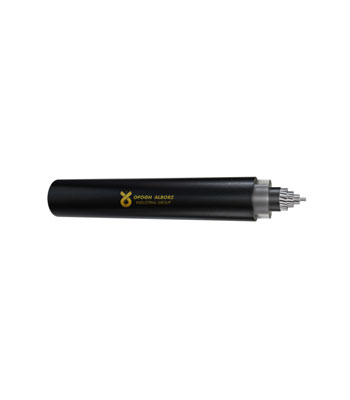

Aerial Spacer Cables
The above cables are made of aluminum as a conductor and three-layer extruded include semiconductor, XLPE insulation, and HDPE sheath.
While using the above cables, several high carbon galvanized stranded wires are used to hold the spacer cables, which according to this issue, the aluminum used for the conductor is AAC.
Due to the removal of the insulation Screen, the cost is much lower than the Aerial Bundled Medium-voltage cable.
Spacer with the triangular arrangement is used to harness the cables at certain intervals next to each other.
The upper end is hung by a harnessed wire and is used to hold the cables at equal distances from each other and transfer weight to the harness wire.
The advantages of using spacer cables in distribution lines include low air space, reduced tree felling and pruning, lower operating costs, increased line safety, and so on.
The standard used to produce this type of cable is the Stavanger instructions.
The technical specifications of distance cables are as follows:
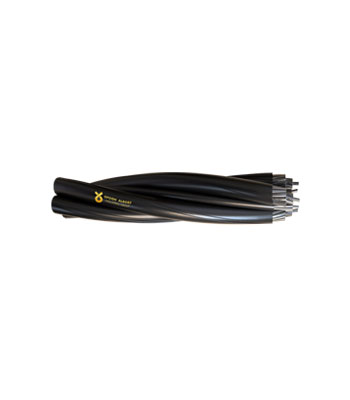

Aerial Bundled cable
Aerial Bundled Cable (ABC) are cables that were first used in 1955 instead of copper wire of distribution networks and today are widely used in power distribution networks around the world.
Some of the major advantages of using these cables are the reduction of unauthorized branches from the distribution network, lower cost, reduced theft of power wires, reduced cost of tree pruning, reduced power outages in the event of a storm, less weight than copper conductors and so on.
Ofogh Alborz Company, in line with the country’s need to use Aerial Bundled cables, has been preparing production and laboratory equipment related to the production of Aerial Bundled cables since 2011 and In recent years, by being on the vendor list of Tavanir companies, it is one of the major manufacturers in the industry of producing these cables.
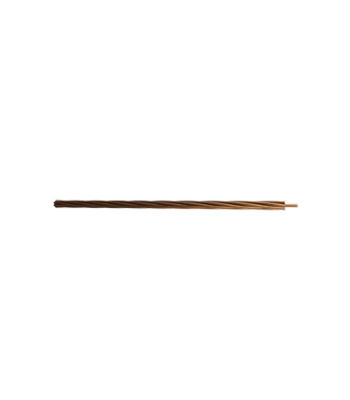

HARD DRAWN COPPER
Hard Drawn Copper
The above wires consist of several twisted copper wires that are without sheath (bare).
These wires do not have annealing properties, which makes them stronger than soft drawn (annealed) copper wires.
The most common use of this type of wire is for the home power distribution network, which due to the increasing use of aerial bundled cable, the consumption of aerial hard copper wires is limited.
Due to the similar structure of this type of conductor with eating conductors, you should pay attention to its structure and features when buying.
The standard used to produce these conductors is BS 7884.
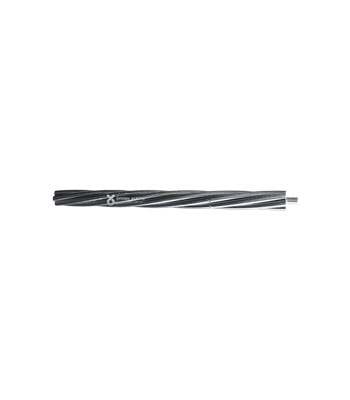

AAAC
AAAC conductors consist of several concentrically Stranded aluminum cores of which all aluminum is alloyed. Due to the high strength of the aluminum strands, there is no need for a steel holder in the center of the strand (such as ACSR / GA).
These conductors are stronger than conventional AAC aluminum conductors and have less corrosion resistance than ACSR wires.
AAAC conductors are produced and supplied in two types of sheathed and unsheathed. In the sheathed type, the set of conductors can be compacted up to 5% of the finished diameter, but in the type unsheathed, the production wire must be free of any tension and compactness.
If the conductor is sheathed, the voltage levels used are 20 and 33 kV and the final insulation of this wire is XLPE type TIX5 (which is resistant to environmental conditions with the addition of soot).
The standards used to produce conductors inside Iran are the tavanir instructions. Outside Iran, BS EN 50182 and ASTM B 399 standards for bare conductors and BS EN 50397 standards for sheathed conductors are common.



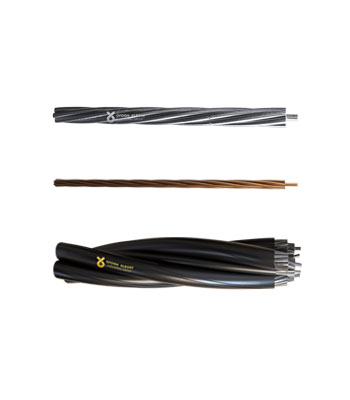
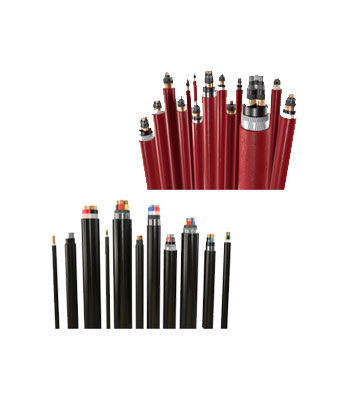
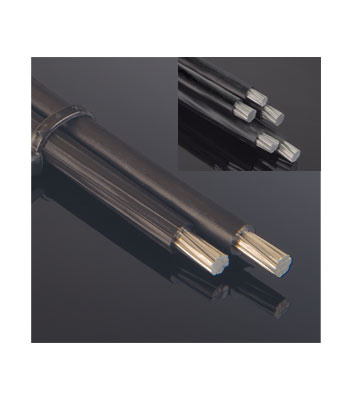

Reviews
There are no reviews yet.